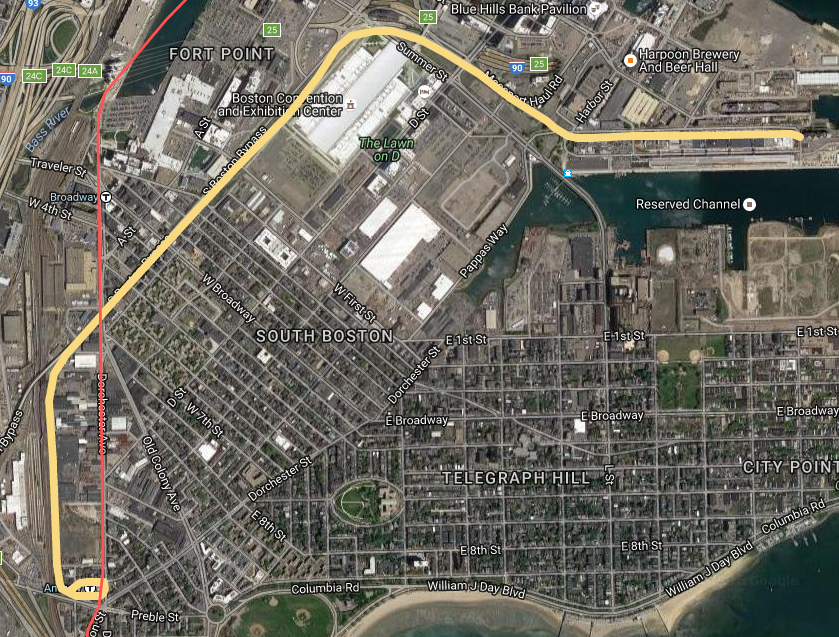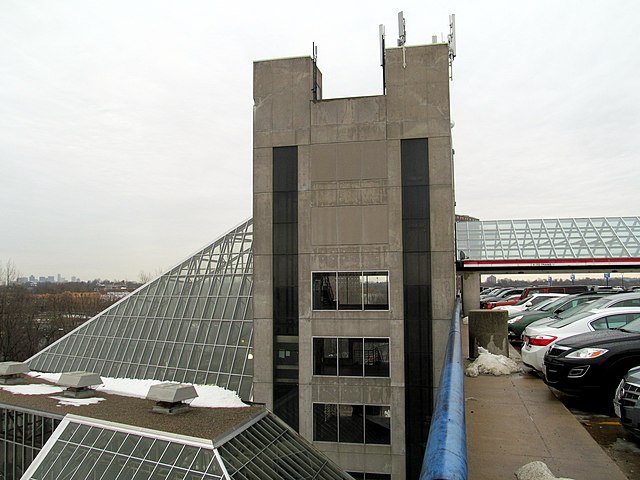JumboBuc
Senior Member
- Joined
- Jun 26, 2013
- Messages
- 2,661
- Reaction score
- 1,559
What are people's thoughts on Ari Ofsevit's plan, from December, to run trams along Track 61 from Black Falcon to the Red Line at Andrew?
The Amateur Planner: The Track 61 High Speed Line (and new trains for Mattapan)

Sorry if this was discussed here before, but I don't remember it coming up.
The Amateur Planner: The Track 61 High Speed Line (and new trains for Mattapan)
Ari Ofsevit said:It's the route of Track 61 which is most intriguing, as it would make a last-mile connection between the Red Line and the Seaport, which currently requires a ride on two over-capacity transit lines (the Red Line to South Station and the Silver Line to the Seaport). For commuters from the south going to the Seaport, a transfer at Andrew would save five minutes of commute time, and (more importantly) it would pull some demand off of the Silver Line at rush hour, when buses run every minute-or-so at crush capacity and leave passengers on the platform. With some minor (seven figure) improvements (stations, overhead, a couple of interlockings), there is an unused rail corridor with mostly-existing rail on which the PCCs (or new rolling stock) could be run in relatively short order.

Sorry if this was discussed here before, but I don't remember it coming up.

